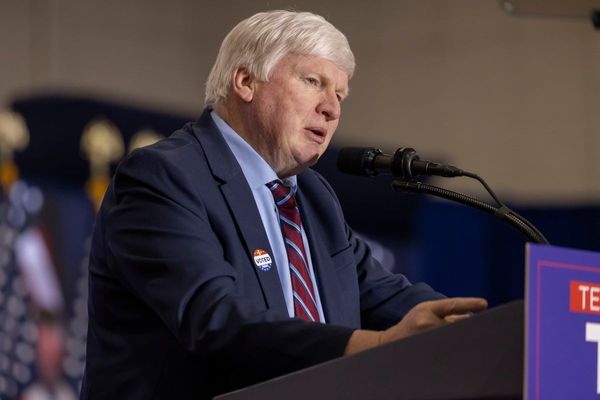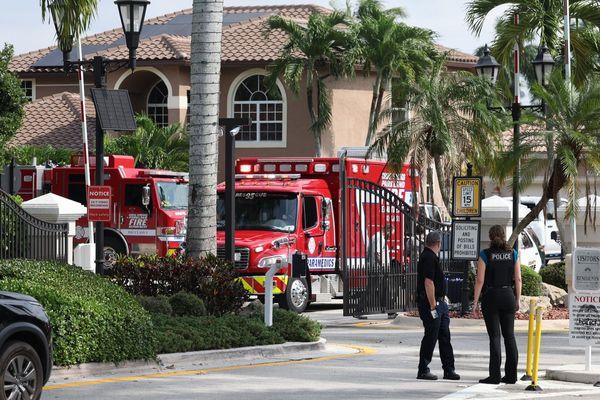For anyone who’s spent time around vintage motorcycles, there’s a certain magic that modern bikes just can’t match. The clatter of an old V-twin firing to life, the raw mechanical feel of a hand-shift gearbox, the smell of oil and leather—these machines are rolling history books. But for all their charm, classic bikes can be a nightmare to keep on the road.
I’m sure anyone who’s tried restoring a pre-war Harley or Indian knows the struggle: parts are rare, sometimes nonexistent, and original castings are often too fragile to use. Scouring swap meets and auction sites might turn up a gem or two, but more often than not, restoration projects hit a hard stop when one critical part just can’t be found.
I, for one, would love to take on some kind of classic bike restoration. But I know deep in my heart that I simply don’t have the patience for it. And I’m sure a lot of you feel the same way, too. But this is where modern tech is stepping in to lend a hand.
While some purists might scoff at the idea of blending old-school bikes with new-school methods, the reality is that additive manufacturing (also known as 3D printing) is fast becoming a lifeline for vintage motorcycle fans. And one company leading the charge is Competition Distributing LLC, a Pennsylvania-based manufacturer with a serious passion for old iron.

These folks aren’t just making display pieces. They’re focused on building functional, rideable machines, and their secret weapon is a metal 3D printer from Farsoon Technologies—a company we’ve talked about in the past and one that’s working with a certain EV innovator by the name of Stark Future.
Farsoon’s cutting-edge 3D printer, the FS200M-2, is what makes Competition Distributing’s vision a reality. This dual-laser beast allows them to scan, recreate, and produce high-quality metal parts for bikes that are over a century old.
“We’re talking about components that haven’t been produced in 80 to 100 years,” says Sean Jackson, Head of Operations. “Some of these parts were never mass-produced in the first place, so once the originals are gone, that’s it—unless you can make your own.”
And that’s exactly what they’re doing.
Before bringing the tech in-house, Competition Distributing had dabbled in polymer-based 3D printing and even outsourced some metal parts. But traditional casting methods are slow, expensive, and not always precise enough for rare vintage applications. So in late 2024, they made the leap and installed their own LPBF (Laser Powder Bed Fusion) system. Since then, it’s been running almost non-stop.
“We can go from scan to finished part in days instead of months,” Jackson says. “That kind of turnaround is a game-changer when you’re trying to keep these old bikes alive.”

One standout project is a reproduction cylinder head based on a 1928 Rudge Cycle Co. design, 3D printed in lightweight but durable AlSi10Mg aluminum alloy. Another highlight is “The Pennsylvania 8”, a fully restored motorcycle that integrates several 3D printed parts and proudly showcases what modern tech can do for classic machinery.
While most of their parts are made from 316 stainless steel, the team is also branching into aluminum, 17-4 stainless, and even titanium, allowing them to tackle everything from structural components to load-bearing assemblies. Of course, working with century-old designs isn’t as simple as hitting “print.” The team spent weeks dialing in the process, adapting to asymmetrical geometries and irregular shapes that were never meant for digital manufacturing.
But with support from Farsoon’s tech crew and some clever software tools that let them monitor builds remotely—even from a phone—Competition Distributing has hit their stride.
Sure, it’s not going to please every purist out there. But for the majority of enthusiasts who just want to see, hear, and feel these machines in motion, having a reliable way to replace impossible-to-find parts sounds like a massive win.
If you’re curious about how far the blend of heritage and high-tech has come—or you’re hunting for that elusive part for your next build—check out Competition Distributing’s catalog of parts and projects on their official website. You might just find the key to getting your classic back on the road.
Sources: Farsoon Technologies, Competition Distributing







